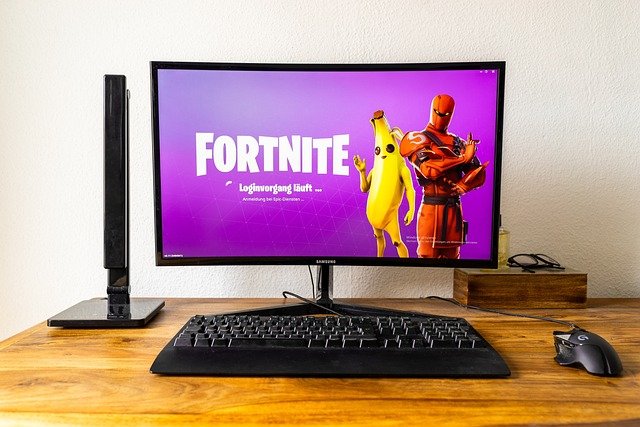"The Evolution of Virtual Reality: Exploring the Future of Gaming"

The Evolution of Virtual Reality: Exploring the Future of Gaming
Virtual reality (VR) has come a long way since its inception in the 1960s. From its early days of clunky headsets and limited capabilities, to the modern-day VR experiences that transport users to entirely new worlds, VR has evolved significantly over the years.
One of the areas where VR has made the biggest impact is in gaming. VR gaming has opened up a whole new world of immersive experiences, allowing players to feel like they are truly inside the game. As technology continues to advance, the future of gaming looks even more exciting.
The Early Days of VR Gaming
The first VR gaming system, the Sensorama, was created in 1962. It was a large cabinet that featured a screen, speakers, and a vibrating seat. Users could watch short films that were designed to give them a sense of being in the scene.
In the 1990s, VR gaming started to become more mainstream. Companies like Sega and Nintendo released VR headsets that were compatible with their gaming systems. However, the technology was still in its infancy, and the experiences were often clunky and limited.
The Rise of Modern VR Gaming
In recent years, VR gaming has experienced a resurgence. Companies like Oculus, HTC, and Sony have released high-quality VR headsets that offer immersive experiences. These headsets are often paired with motion controllers that allow players to interact with the game world in a more natural way.
Some of the most popular VR games include titles like "Beat Saber," "Superhot VR," and "Job Simulator." These games offer unique experiences that can't be replicated in traditional gaming. For example, in "Beat Saber," players use virtual lightsabers to slice through blocks to the beat of music.
The Future of VR Gaming
As technology continues to advance, the future of VR gaming looks even more exciting. One area that is expected to see growth is in location-based VR experiences. These experiences allow players to visit physical locations that have been transformed into virtual worlds. For example, a VR arcade might feature a virtual rollercoaster or a haunted house.
Another area of growth is in the development of more advanced haptic feedback systems. Haptic feedback allows players to feel sensations in the game world, such as the impact of a punch or the texture of a virtual object. As haptic technology improves, VR gaming will become even more immersive.
In conclusion, VR gaming has come a long way since its early days. With the release of high-quality VR headsets and motion controllers, players can now experience games in a whole new way. As technology continues to advance, the future of VR gaming looks even more exciting, with new experiences and innovations on the horizon.

All images are taken from the Pixabay.com
Thank you, friend!


I'm @steem.history, who is steem witness.
Thank you for witnessvoting for me.
please click it!
(Go to https://steemit.com/~witnesses and type fbslo at the bottom of the page)
The weight is reduced because of the lack of Voting Power. If you vote for me as a witness, you can get my little vote.
Upvoted! Thank you for supporting witness @jswit.